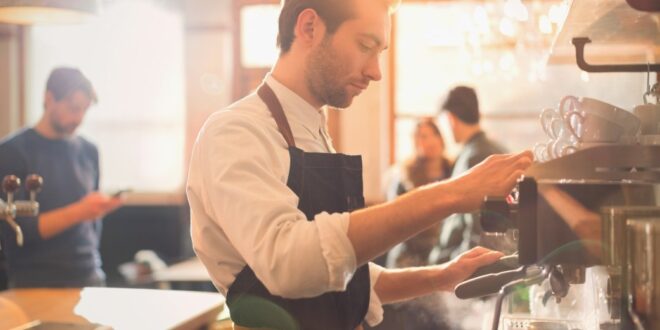Coffee is one of the most popular beverages worldwide, and it’s no surprise that it plays a significant role in the restaurant industry. Whether it’s a quick breakfast stop, a relaxing brunch with friends, or a post-dinner treat, coffee is a staple that customers expect to be on the menu.
But with so many options available, choosing the right coffee can be overwhelming. In this post, we’ll cover some essential tips for selecting the perfect coffee for your restaurant.
1. Understanding Different Coffee Types
Before selecting a coffee for your restaurant, it’s crucial to understand the different types of beans available. The most common types are Arabica and Robusta. Arabica is known for its mild and smooth taste, while Robusta has a stronger, more bitter flavor.
Knowing the differences between these two types of joe can help you select the best option for your customers. One great option for high-quality beans is Axil Coffee Roasters. They offer a range of Arabica and Robusta beans, allowing you to choose the perfect coffee for your menu.
2. Quality of the Beans
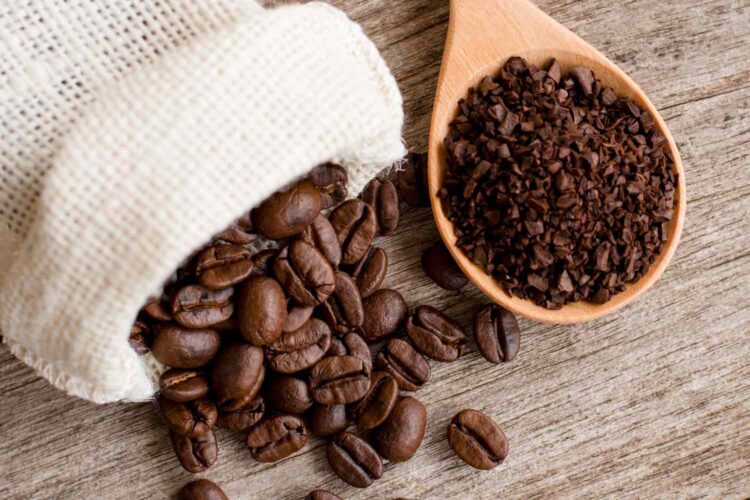
The quality of the beans is the most critical factor in determining the taste and flavor of the brew. The type of beans, the roast, and the freshness of the beans will all impact the final product. High-quality beans are carefully sourced from specific regions, grown in ideal conditions, and roasted to perfection to bring out their unique flavor profiles.
3. Flavor Profile
The flavor profile of the coffee is also critical when selecting the right brand for your menu. Consider offering a range of flavor profiles to appeal to different taste preferences, from rich and bold to smooth and mellow. You can also consider offering flavored options, such as vanilla, caramel, or hazelnut, to add an extra touch of indulgence.
4. Popularity and Customer Demand
It’s essential to consider customer demand when choosing coffee for your menu. While specialty and unique options are great, it’s also important to offer the classics, such as a traditional espresso or cappuccino. Pay attention to what your customers are ordering, and adjust your menu accordingly.
5. Importance of Freshness in Coffee
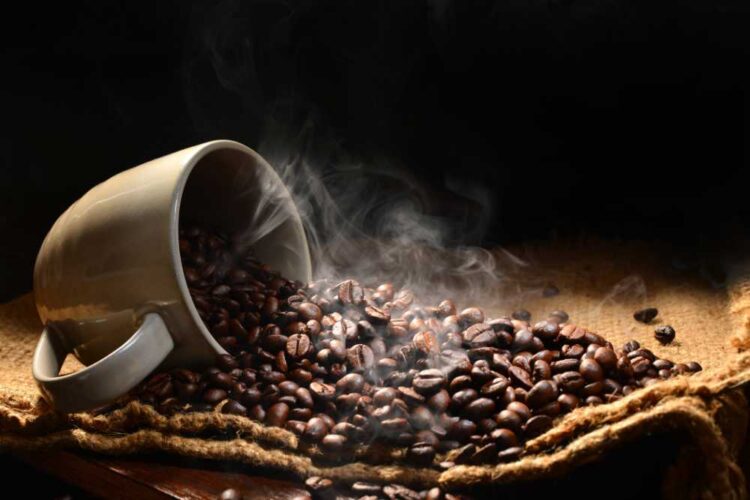
The freshness of coffee is a significant factor in its flavor. Beans start to lose their freshness immediately after roasting. It’s essential to choose a supplier that offers fresh beans and to keep them stored properly to maintain their freshness. Invest in an airtight container to store your beans and grind them right before brewing to ensure maximum freshness.
6. Consider the Roast Level
The roast level of beans affects their flavor profile. Generally, lighter roasts have a more acidic and fruity taste, while darker roasts have a smokier and more robust flavor. Consider the taste preferences of your customers when selecting the roast level of your brew.
7. Sourcing High-Quality Beans
The quality of beans can vary greatly, and it’s essential to source high-quality beans for your restaurant. Look for suppliers who offer specialty-grade java beans, which are of the highest quality and have undergone rigorous testing to ensure their flavor profile.
The Benefits of Organic and Fair Trade Coffee
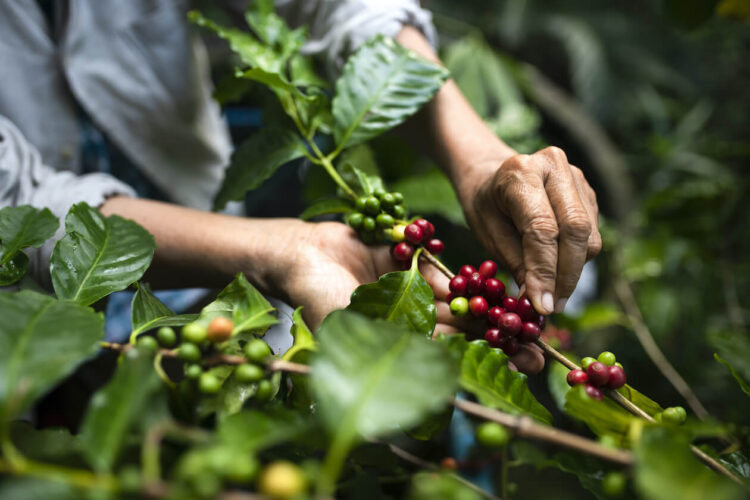
Organic and fair trade java is becoming increasingly popular among consumers. Organic coffee is grown without the use of synthetic fertilizers or pesticides, while fair trade coffee ensures that farmers receive fair compensation for their work. Offering organic and fair trade coffee can appeal to customers who value sustainability and ethical practices.
Choosing a Brewing Method
Choosing the right brewing method for your java is an essential part of creating the perfect program for your restaurant. Each brewing method has its unique flavor profile and can bring out different aspects of the taste and aroma. Here are some of the most popular brewing methods to consider.
Drip Brewing
Drip brewing is a simple and straightforward method of brewing coffee that involves pouring hot water over grounds that are placed in a filter. This method is a great option for customers who prefer a smooth and balanced beverage, and it’s perfect for serving large groups of people. With drip brewing, you can easily control the strength and flavor of the brew by adjusting the water-to-coffee ratio.
French Press
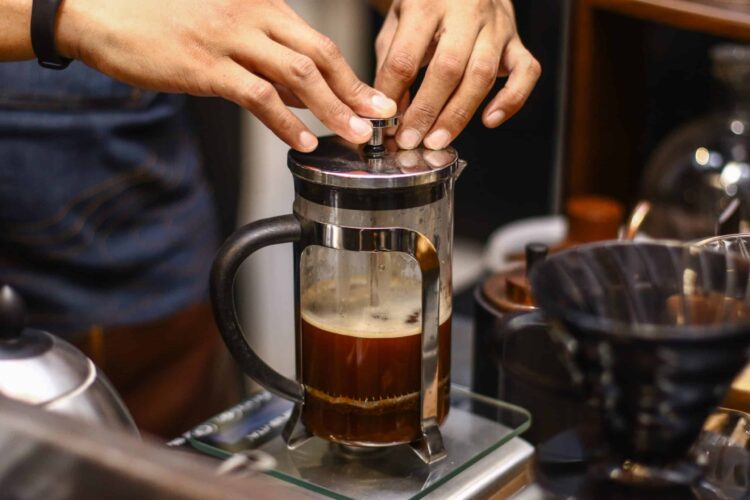
The French press is a manual brewing method that involves steeping grounds in hot water and then pressing a plunger through a mesh filter to separate the grounds from the liquid. This method results in a rich and full-bodied beverage with a bold flavor and a noticeable texture. This is a great option for customers who prefer a stronger and more robust coffee.
Espresso
Espresso is a highly concentrated beverage that is made by forcing hot water through finely-ground beans. This method is a popular option for customers who are looking for a quick and intense experience.
Espresso is the base for many specialty drinks, such as cappuccinos, lattes, and Americanos, and it’s essential to have a high-quality espresso machine and trained baristas to ensure the best possible results.
Deciding on Milk and Alternative Options
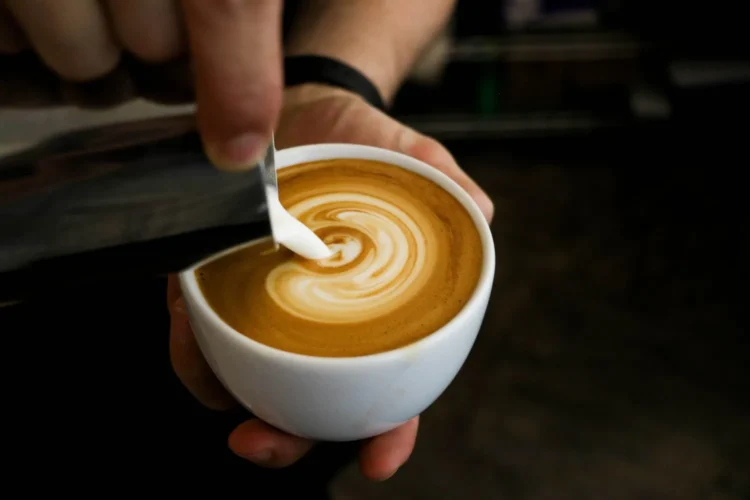
Offering a range of milk options can not only cater to customers with dietary restrictions or preferences but can also enhance the overall Java experience. By offering non-dairy milk options, such as almond or oat milk, you can provide a more inclusive and accommodating experience for vegan or lactose-intolerant customers.
Not only will this help to attract new customers, but it will also show that your restaurant values diversity and inclusivity. Additionally, offering non-dairy milk options can also help to increase the overall appeal of your coffee program and improve customer satisfaction.
Pairing Coffee with Desserts and Breakfast Items
Pairing coffee with desserts and breakfast items can elevate the overall dining experience for customers, creating a memorable and enjoyable meal. Offering pairing suggestions on your menu can help guide customers in their selection and provide them with a complete dining experience.
This can not only increase customer satisfaction but also drive repeat business, as customers will associate your restaurant with a delightful and satisfying dining experience.
Consider offering a range of java and dessert or breakfast pairings to cater to different taste preferences and create a well-rounded and diverse menu. Additionally, offering pairing suggestions can also help to increase the average check size and improve overall profitability for your restaurant.
Marketing Your Selection to Customers
Marketing your selection can help attract more customers to your restaurant. Consider highlighting unique features of your selection on your website, social media, or in-store signage. Offering samples or hosting coffee-tasting events can also be a great way to introduce customers to your selection.
In conclusion, selecting the perfect coffee for your restaurant involves considering several factors, including coffee type, freshness, roast level, flavor profile, sourcing, brewing method, milk and alternative options, specialty drinks, staff training, pairing with food items, marketing, inventory management, equipment maintenance, and customer feedback.
By taking these tips into consideration, you can create a coffee selection that caters to the tastes and preferences of your customers and enhances their overall dining experience.
 Hi Boox Popular Magazine 2024
Hi Boox Popular Magazine 2024
